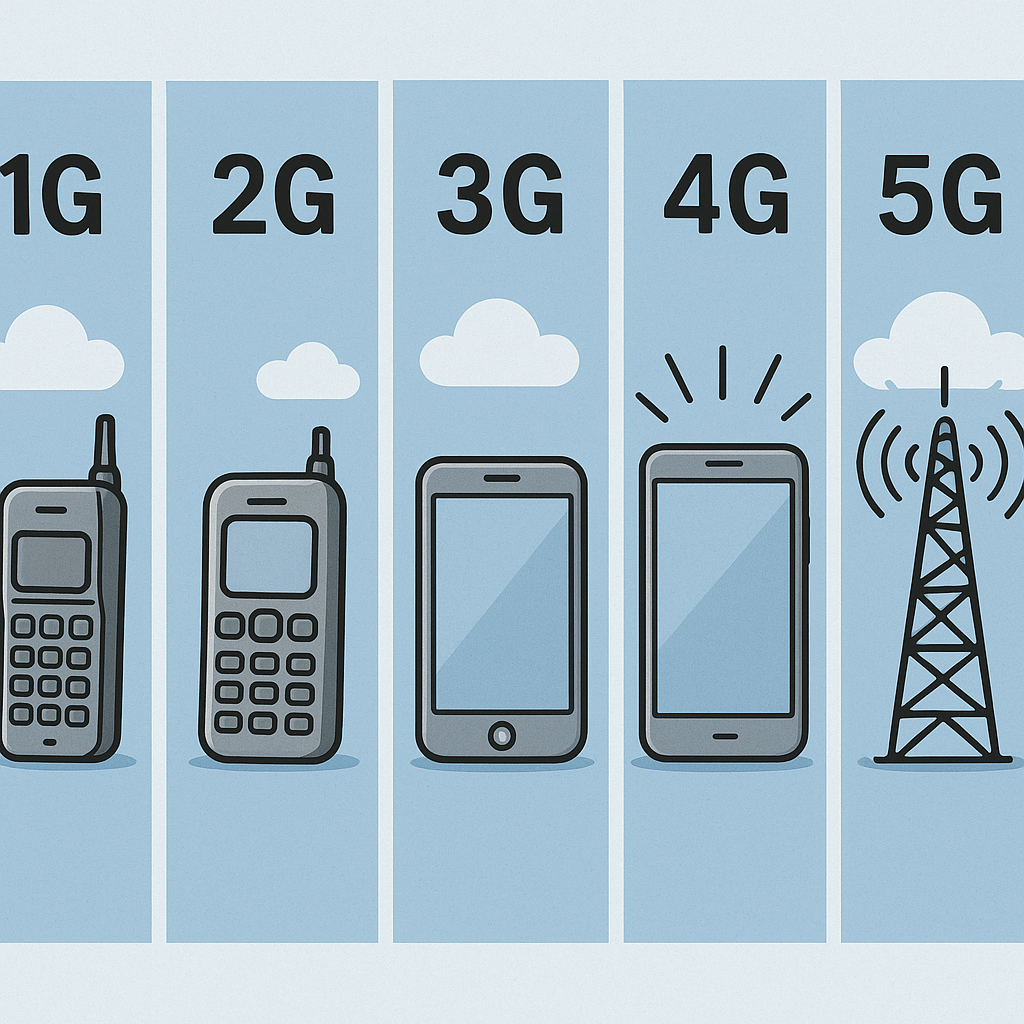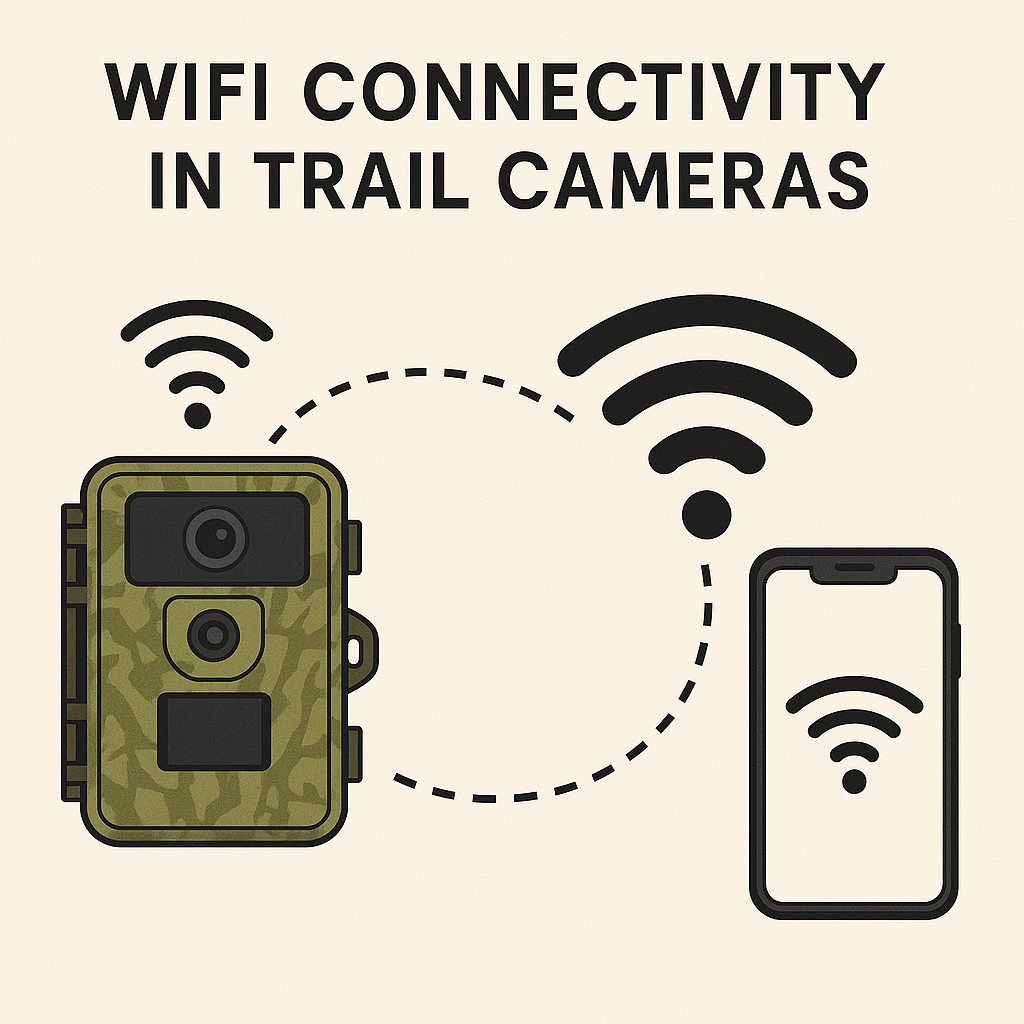Cellular Network in Trail Cameras
Explore the functionality, advantages, and technical details of cellular networks in trail cameras, and how they enhance outdoor monitoring and wildlife observation.
Discover why cellular connectivity is an essential feature for modern trail cameras. When this feature is most useful? The most common values to consider.

| Common Values | Description |
|---|---|
| GPRS | General Packet Radio Service (GPRS) is a 2G cellular technology that allows for basic data transmission. It is slower than newer technologies and is becoming less common in modern devices. Advantages include low power consumption and wide coverage, but it has limited data transfer speeds and is not suitable for high-resolution images or videos. |
| 3G | 3G is a third-generation mobile telecommunications technology that offers faster data transfer rates than 2G. It allows for better image and video quality transmission, making it suitable for trail cameras. However, 3G networks are being phased out in many areas in favor of 4G and 5G technologies. |
| 4G | 4G is the fourth generation of mobile telecommunications technology, providing significantly faster data transfer rates than 3G. It supports high-definition video streaming and large image files, making it ideal for cellular trail cameras. 4G networks are widely available and offer better coverage in rural areas compared to older technologies. |
| 5G | 5G is the fifth generation of mobile telecommunications technology, offering ultra-fast data transfer rates and low latency. It enables real-time streaming of high-resolution images and videos, making it perfect for advanced cellular trail cameras. 5G networks are still being rolled out in many areas, but they promise to revolutionize how we use connected devices. |
| LoRa | LoRa (Long Range) is a low-power wide-area network technology that is designed for long-range communication. It is ideal for applications that require low data rates and long battery life, making it suitable for remote trail cameras. |
| NB-IoT | NB-IoT (Narrowband IoT) is a low-power wide-area network technology that is designed for connecting a large number of devices with low data requirements. It is ideal for applications such as remote monitoring and smart city solutions, providing reliable connectivity in challenging environments. |
Trail cameras have come a long way from devices that only saved pictures to memory cards. Now, with the addition of cellular technology, trail cameras can send photos and videos straight to your phone, tablet, or computer as soon as they’re taken. This means you don’t have to travel back and forth to check SD cards in hard-to-reach places. These upgrades make it much easier and faster to keep an eye on wildlife, watch over your land, or collect research data, all without disturbing the area as much. As more people want instant updates from their cameras, having cellular connection is quickly becoming an expected feature.
A cellular connection in a trail camera simply means the camera can send pictures and videos over a mobile network like Telekom, Orange, AT&T, Verizon, etc. The camera uses a SIM card and a data plan, just like your phone. When something moves in front of the camera (whether it’s an animal, person, or vehicle), the camera snaps a picture or records a short video. Instead of only saving these files to a memory card, it uses the cellular network to send them right to an app, email, or cloud account.
Getting instant alerts lets you change your plans quickly. Hunters can adjust where and when they go based on fresh animal activity. Landowners can see if someone is on their property and take action before any problems escalate.
Because you don’t have to visit the camera as often, you’re less likely to leave your scent or disturb the area. This is key for studying wildlife or hunting, since animals are less likely to change their behavior if they aren’t spooked by people checking cameras.
Cellular cameras are also a big help for places that are hard to reach. You can watch over distant properties, research areas, or hunting spots without the hassle of driving out just to check footage. Managing everything from your phone or computer makes life a lot easier, whether you have one camera or several spread across a large area.
Hunters can keep tabs on animal activity without constantly visiting the area, which keeps the spot undisturbed and improves chances of success.
These cameras act like remote guards, sending you alerts if someone or something moves near your cabin, construction site, or property. You can respond right away to trespassers or vandals.
Scientists and researchers can track animal patterns and movements with less interference, getting live data as it happens.
Farmers can quickly find out if predators, stray animals, or unwanted visitors are near their livestock or barns. Instant updates help keep animals safe with faster responses.
These are required for the camera to send images. Some cameras come with a SIM card and offer their own data plans, while others let you use your own.
Plans can be monthly, seasonal, or pay-as-you-go. Compare camera prices and data plan costs to find the best fit for your needs and budget.
Explore the functionality, advantages, and technical details of cellular networks in trail cameras, and how they enhance outdoor monitoring and wildlife observation.

Learn why WiFi connectivity is a valuable feature for modern trail cameras. Discover when this feature is most beneficial and the most important factors to consider.

Discover everything about cellular trail camera data plans, including their uses, features, leading brands, and how to choose the right plan for your needs.